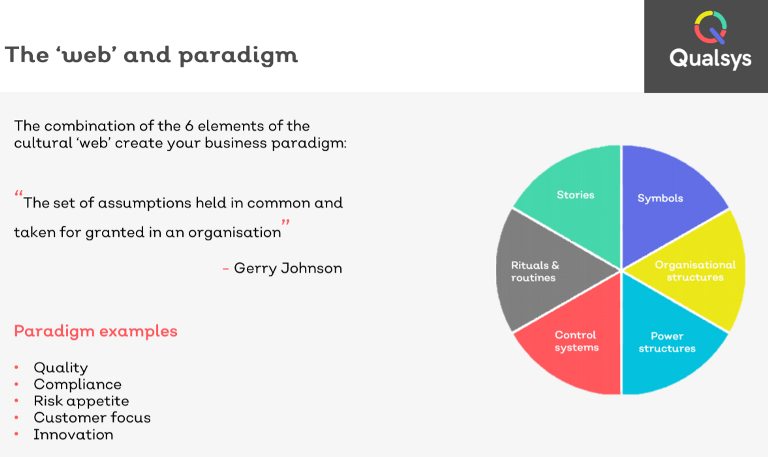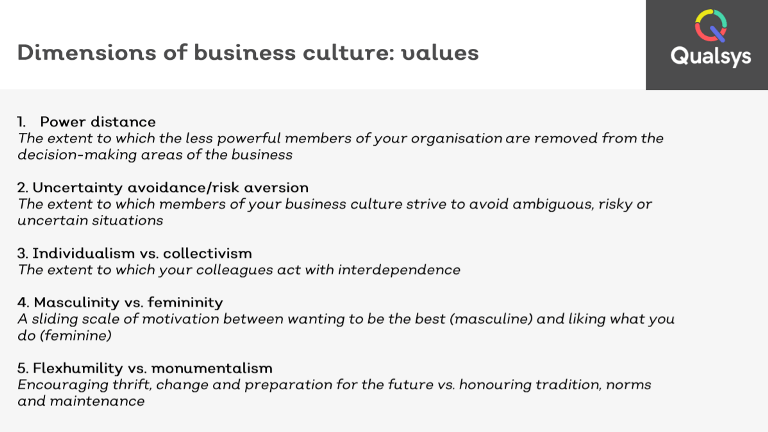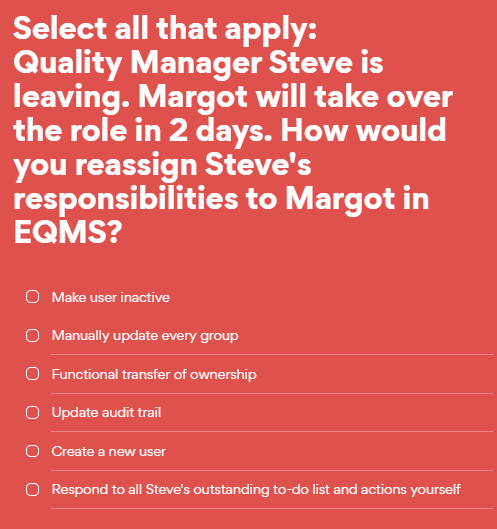Want to contribute to this article?
Behind every great company is a great culture of quality – when every stakeholder from top management to shop-floor worker seamlessly embeds improvement into their daily activities.
Without a culture of quality, your organisation might function inefficiently, or even collapse. A poor culture brings chaos and contradictions; confusion within roles; a failure to communicate. Co-ordination will be absent, decision-making slow. Employees will be frustrated and feel conflicted. And all this leads to is a poor customer experience.
We invited Richard Green, Managing Director and Founder of Kingsford Consultancy Services, to tell us what he believes are the essential building blocks for a quality culture.

1) There must be systems and structures in place
Essential to a quality culture is having the necessary systems and structures to support quality improvement. Your processes need to set clear performance criteria that focus on the customer. This means:
- Having a strong governance structure to drive quality initiatives and to ensure your organisation is held accountable for delivering against its goals
- Identifying and eliminating potential sources of error
- Ensuring data is analysed and reported efficiently and effectively, and
- Using performance data to drive decision-making and improvement.
2) Leaders need to be advocates for quality
Commitment from leaders is the driving force for a culture of quality. Your leaders need to be clearly visible, engaged and unwavering in their support for quality improvement. This means:
- Proactively providing all the resources needed to sustain the quality culture
- Holding staff accountable for engaging in quality improvement
- Clearly articulating the company's vision and values, and
- Planning for quality improvement to continue should they leave the organisation.
And your reward system must recognise efforts to improve quality. These incentives can favour monetary or recognition-based awards, depending on the circumstances.
3) Employees are empowered
Leadership must empower staff to embed quality improvement into their daily work. This means supporting change and challenging tradition.
- Employees must feel trusted to introduce quality improvements relating to their roles
- Leaders must ensure all employees have the skills they need to fulfil the quality aspects of their roles
- There should be open and honest communication at all levels
- Employees should be able to assess their own performance.
4) Build a customer-centric operation
Your organisation should operate in a 'customer-centric' way. This means:
- Customers' needs and values are central to decision-making and daily operations
- Employees perceive the organisation as truly customer-oriented
- The organisation is viewed from the outside as being customer-focused, in that it not only meets customers' expectations but regularly exceeds them.

5) Make collaborative working the norm
Your whole team should understand why quality is important and work together to solve problems. This means:
- Teams should routinely gather to brainstorm, implement quality improvement projects and share lessons learned
- Work groups and departments/divisions should co-operate, and
- Project teams tasked with quality improvement should have a strong blend of capable people.
6) Continual improvement is natural
Continual improvement is everywhere. Your organisation should never be content with its operational performance; it should constantly strive to be better. This means:
- Employees should routinely use quality improvement tools and methods to solve quality problems and deliver quality improvements, and
- Everything should have a process focus.
Dive into a library of training tools, culture surveys, PDFs and more:
https://quality.eqms.co.uk/culture-of-quality-toolkit








Share your thoughts on this article